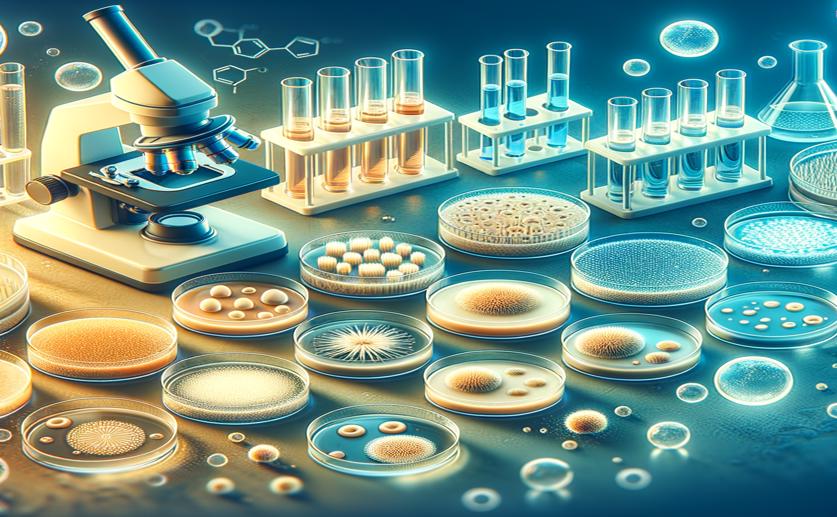
How Different Yeast Strains React to Succinic Acid
Jenn Hoskins
9th May, 2024

Image Source: Natural Science News, 2024
Key Findings
- Researchers at Sichuan University studied how brewer's yeast (S. cerevisiae) responds to succinic acid (SA) for better bio-based production
- They found that yeast's tolerance to SA is influenced by its ability to manage protein folding and maintain cell wall integrity
- Overexpressing certain heat shock proteins in yeast can improve its growth and SA tolerance, suggesting a way to enhance SA production
References
Main Study
1) Response mechanisms of different Saccharomyces cerevisiae strains to succinic acid
Published 8th May, 2024
https://doi.org/10.1186/s12866-024-03314-4
Related Studies
2) Production of succinic acid by metabolically engineered microorganisms.
3) Prospects for a bio-based succinate industry.
Journal: Applied microbiology and biotechnology, Issue: Vol 76, Issue 4, Sep 2007
4) Efficient conversion of crop stalk wastes into succinic acid production by Actinobacillus succinogenes.



 5th April, 2024 | Jim Crocker
5th April, 2024 | Jim Crocker